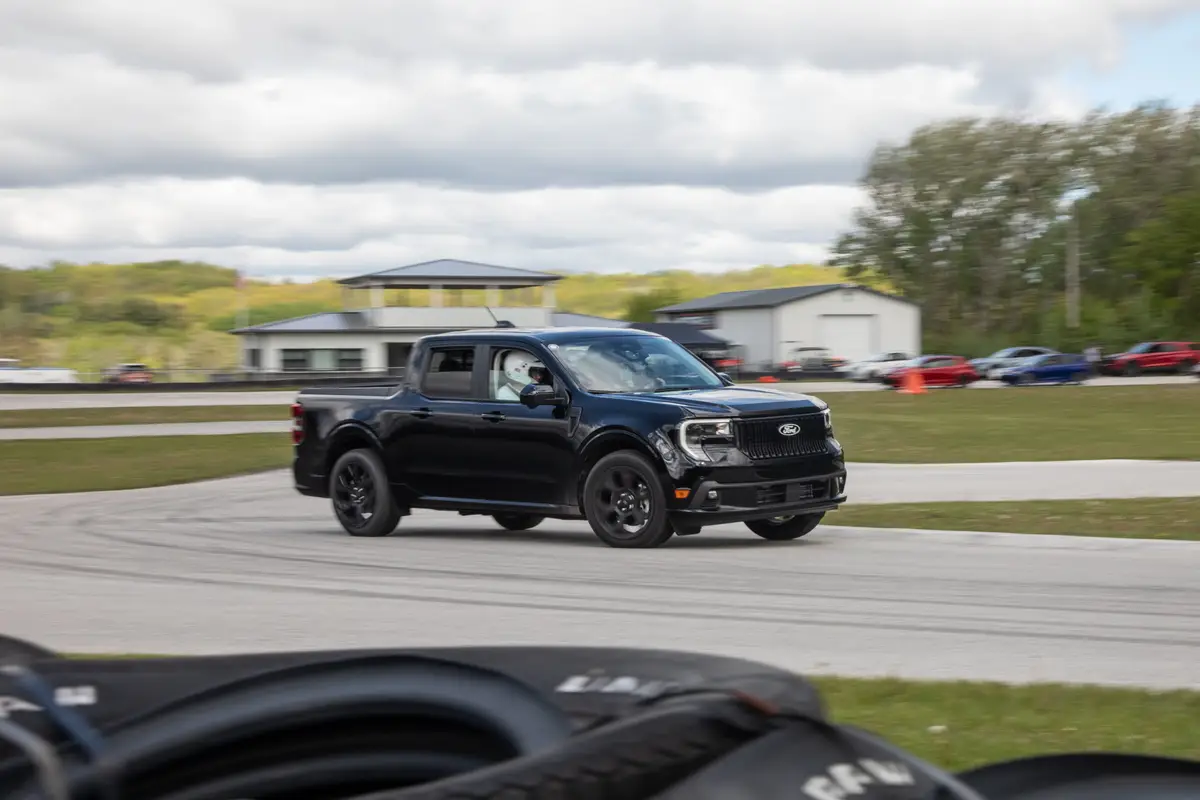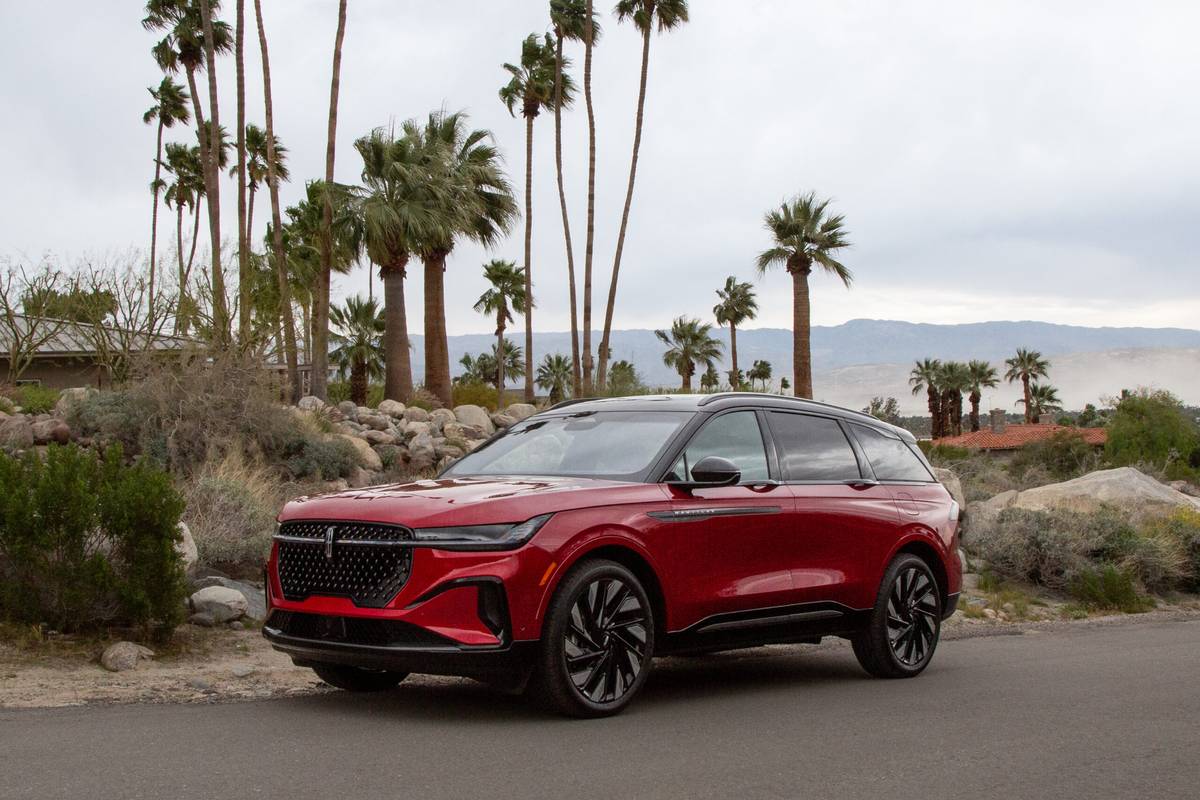chicagotribune.com's view
The compact Honda Accord and subcompact Honda Civic were beginning to look like twins in size and style.
The larger and higher-priced Accord and the smaller, lower-priced Civic could have been merged into one model lineup. Honda thought better and decided to give each its own niche for 1990.
So now comes the bigger, wider and more powerful Accord. The Accord moves up into the midsize market and lets the Civic continue to roam with other subcompacts.
The new Accord is offered in sedan and coupe in DX, LX and top-of-the- line EX versions. The EX replaces the LXi.
The dramatic change comes in size. Accord goes to a 107.1-inch wheelbase from 102.4 inches and to a 184.8-inch length from 179.9 inches. The `90 Accord is about a half-inch wider than the `89. The Accord is roughly the size of a midsize Ford Taurus, which is built on a 106-inch wheelbase and is 188.4 inches long.
Styling seems to be a hang up for 1990. The new model is more rounded than its predecessor, but the designers in charge of twisting and turning the sheet metal were graduates of the conservative school of styling. No oohs, ahhs, dropped jaws or bulging eyes when a `90 Accord goes by.
Design is an annoyance, not from the blandness, but from the fact the front end droops; it is built low to ensure aerodynamic air flow, reduced wind drag and top mileage.
Honda went to great pains to move Accord into the midsize market with such cars as the Cutlass Supreme, Buick Regal, Pontiac Grand Prix, Ford Taurus, Mercury Sable and Dodge Spirit, to name a few.
But then it lets that nose slip toward ground level so from the driver`s seat you get the perception you`re in a small car, with a tiny snout and not much metal between you and the object ahead.
The fact the front-end design makes the car seem small is compounded by the fact the Accord windshield is so big. Peering through the glass makes you feel like you`re lookingout of a Greyhound bus. There`s a great panoramic view from all that glass, but it would be nice if more hood came into your field of vision.
Though styling is lackluster, Honda doesn`t stand alone in the lack of imagination category. If success were measured by design, General Motors Corp. would be a factory shoe outlet.
With the new Accord, Honda focused on the goodies you can`t see but can appreciate without always knowing why. Some of those improvements include added rigidity in the unitized body to improve ride and handling while reducing noise and vibration; liquid filled rear engine mounts to lower noise levels in idle; a single piece instrument panel to reduce squeaks and rattles; and treating 85 percent of the body with galvanized steel, zinc coatings, urethane foam and antirust waxes to fight corrosion. The typically abused fuel filler door that gets splashed with gas or clobbered by the nozzle, is a one- piece plastic moulding.
From a per formance standpoint, Honda came up with a more powerful engine to handle the larger Accord. A fuel-injected, 130-horsepower, 16-valve, 2.2- liter, 4-cylinder engine replaces last year`s 98-h.p., 2-liter, carbureted 4 that was standard and the 120-h.p., 2-liter, fuel-injected, 12-valve 4 that was optional.
That engine, minus dual exhausts and developing a slightly lower 125 h.p., is offered in the DX and LX. Next year, Accord adds a station wagon to the lineup.
A 5-speed manual transmission is standard. A 4-speed automatic is optional and comes with a button to switch you into the sport mode for quicker shift points and a little livelier acceleration.
We test drove the top-of-the-line Accord EX with the automatic and 5- speed. The 5-speed is one of those short throw, fingertip light units with almost effortless shifting. The automatic is a bit noisier, which typically is the case in any car. Manual and automatic handle the 2.2`s punch.
The fue l-injected engine is quick. You`ll notice it most when moving from the light or merging onto the expressway. There`s no lag time between hitting the accelerator and springing forward. But the fuel economy rating is an impressive 24 miles per gallon city/30m.p.g. highway with manual, 22/28 with automatic.
Power brakes bring you back down from speed, but the Accord lacks the sure-footed antilock brakes, even as an option. You`d think in the top-of-the- line model, at least, a motorist would be given the chance to purchase one of the best safety systems technology provides us.
Honda makes its own antilock brake system, offered in the luxury Legend marketed by its Acura division. Reportedly the choice to pass on antilock brakes was dictated by economics and the desire to keep Accord from approaching Acura levels.
The Accord doesn`t offer air bags for the same reason-economics. Instead, Accord uses automatic shoulder belts that fasten around the upper torso when you turn on the ignition and retract when you turn it off. The belts are firm without being tight, and there`s no riding up the driver`s neck.
The suspension features a newly designed four-wheel fully independent double wishbone setup with larger hydraulic shock absorbers. There are stabilizer bars front and rear and slightly larger tires and wheels in the rear.
The road holding manners are above average. Sharp corners or turns are taken with almost no body lean or roll. The driver stays in his or her seat without swinging toward the door or the front seat passenger.
The variable assist power steering automatically adjusts, based on vehicle speed. The slower the travel, such as in parking, the greater the assist.
Because the car is larger, you expect more interior roominess, and you get it. Though width is only half an inch more than the `89 model, it feels like two or three inches were added. The door design features thin armrests placed low and out of the way to add to the cabin`s spaciousness. No qualms in back about leg, head or arm room, but don`t expect to get more than two adults into the rear seat.
Trunk space is typically Honda-very good. The rear seat folds to increase cargo capacity.
As for gripes: It`s one thing to save a few hundred dollars by not offering antilock brakes or an air bag, but is Honda that hard up that it can`t pop for a few extra dollars and replace the prop hood with a safer and easier to use spring-held one? The headlamp lenses are clear plastic. They not only look cheap, they look frail.
The lowest priced DX coupe starts at $12,145, the DX sedan at $12,345. The LX coupe starts at $14,695, the sedan at $14,895. The EX coupe starts at $16,395, the sedan at $16,595 with 5-speed, $17,345 with automatic.
Standard equipment in the base DX model includes tinted glass, tilt steering wheel, power steering and remote trunk and fuel filler doors. T he LX adds power windows and door locks, dual mirrors, cruise control, air conditioning and AM/FM stereo with cassette.
The EX adds larger 15-inch alloy wheels, up from 14-inch, sport tuned suspension, power moonroof, lumbar support driver`s seat, upgraded radio, body colored bumpers/air dam/power mirrors, wraparound bodyside molding, dual cupholders (which block access to the ashtray), rear window defroster, front mud guards and fold-down rear seats.
When the Accord bowed in the mid-`70s, we found it to be the best small car on the market. Unfortunately, we`ve felt for years that Honda rested on its laurels-until now.
Accord hasn`t reached perfection, but it has made a quantum leap in ride, handling, performance, room and comfort. If only it would stick its nose higher in the air.
>> 1990 Honda Accord EX sedan. Wheelbase: 107.1 inches L ength: 184.8 inches Engine: 2.2 liter, 125 h.p. four cylinder Transmission: 5-speed manual; 4-speed automatic optional Fuel economy: 24/30 m.p.g. manual; 22/28 automatic Base price: $16,595 manual; $17,345 automatic Strong point: Added size, peppy engine Weak point: ABS not available, droopy front end Chicago Tribune Graphic. >>
Latest news



